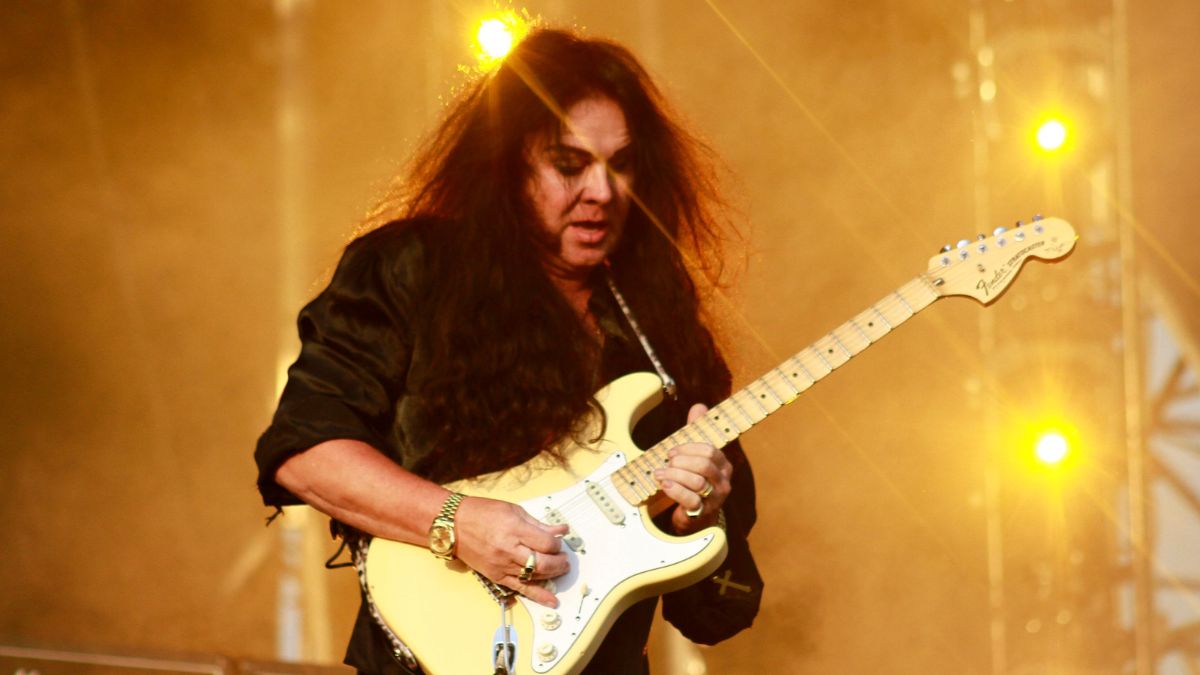The secrets behind Pete Anderson's tone on Dwight Yoakam's Guitars, Cadillacs
We investigate a bona-fide classic of '80s twang, with a modded Deluxe assuming a starring role
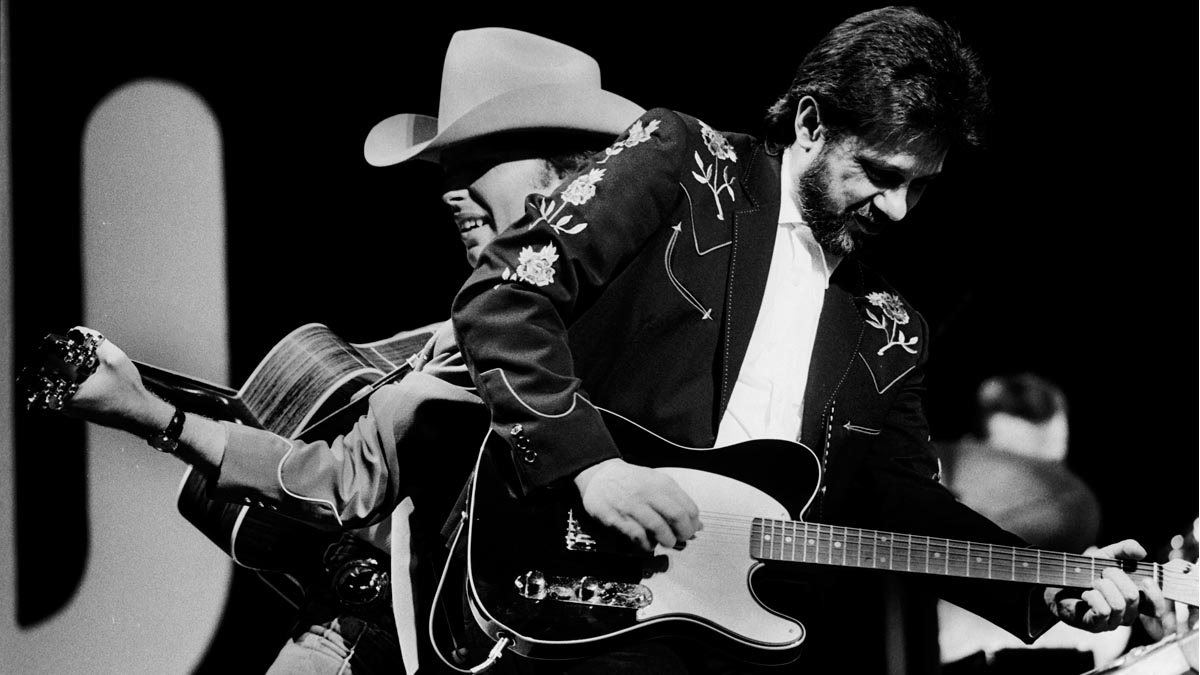
Country music radio was dominated by slick “urban cowboy” pop sounds during the mid Eighties, but in 1986 a handful of artists with classic, traditional-inspired sounds emerged to shake up the scene.
The release of Dwight Yoakam’s debut album Guitars, Cadillacs, Etc., Etc. was one of the peak breakthrough events of what became known as the “New Traditionalist” movement, delivering the hit singles Honky Tonk Man and Guitars, Cadillacs.
Driven by guitarist Pete Anderson’s rambunctious Tele twang, which was reminiscent of the Bakersfield sound of Don Rich with Buck Owens and the Buckaroos, and Roy Nichols with Merle Haggard and the Strangers, Yoakam’s music even enjoyed crossover appeal with rockabilly, cow-punk and alternative music fans.
The core of Anderson’s Telecaster tone on Guitars, Cadillacs is generated by the classic combination of a '50s Tele into a '60s blackface Fender amp, in this case a 1956 Telecaster into a 1965 Deluxe Reverb, but what makes it stand out is the meticulous attention to every little detail.
The track was recorded at Capitol Studio B in Hollywood, and Anderson’s rig was mic'd with a Shure SM-57 into a 1073 mic preamp on a Neve 8068 console.
Engineer Dusty Wakeman says he used either a Urei 1176 or LA-2A for light compression, and the track was recorded on a Studer A-800 with Ampex 456 tape – all of which comprise a classic signal path for stellar guitar tone.
But as anyone who has plugged a Tele into a Deluxe Reverb in search of Anderson’s tone can attest, there’s more to his mojo. One of the most important details is that Anderson’s Deluxe Reverbs had numerous modifications performed by amp guru Jim Williams.
Get The Pick Newsletter
All the latest guitar news, interviews, lessons, reviews, deals and more, direct to your inbox!
• GUITAR: 1956 Fender Telecaster with maple neck (bridge pickup), Volume: 10, Tone: 1
• AMP: 1965 Fender Deluxe Reverb modified by Jim Williams with Twin Reverb transformers, 6L6 power tubes, solid-state rectifier, midrange resistor and Electro-Voice EVM-12S 12-inch speaker (Vibrato channel, Input 1, Volume: 4, Treble: 4.5, Bass: 2.5, Reverb: 2, Speed: 0, Intensity: 0) and Scholz Rockman (Edge setting, Chorus Off)
• STRINGS/TUNING: D’Addario XL Nickel Wound custom hybrid set .009, .011, .015, .030, .042, .052/Standard pick: Jim Dunlop Standard red nylon 1.0mm
“I wanted as much clean headroom as I could get,” Anderson says. “Jim put in more powerful transformers, 6L6 tubes and a solid-state rectifier, so it’s as loud, clean and powerful as a two-tube Fender amp can be. He also tweaked the midrange so it sounds like it’s dialed to 10. Normally a Deluxe Reverb is wired so the midrange always sounds like it’s at 3.”
Other notable details include Anderson’s custom light top/heavy bottom string gauges for slinky bends and low-end wallop, picking the strings close to the bridge and his “backwards” pick grip.
“I used the heaviest, stiffest regular-size nylon pick I could find and spun it around so I was picking the string with the flat edge instead of the point,” Anderson says. The most surprising secret of all is that Anderson also employed a Scholz Rockman set to the Edge setting.
“We split the guitar’s signal and recorded the miked Deluxe and a direct signal from the Rockman simultaneously. The Deluxe sounded pretty good on its own, but when you rode up the fader on the Rockman track it really cleaned up the sound with this brilliant presence and bite.”’
Get the sound, cheap!
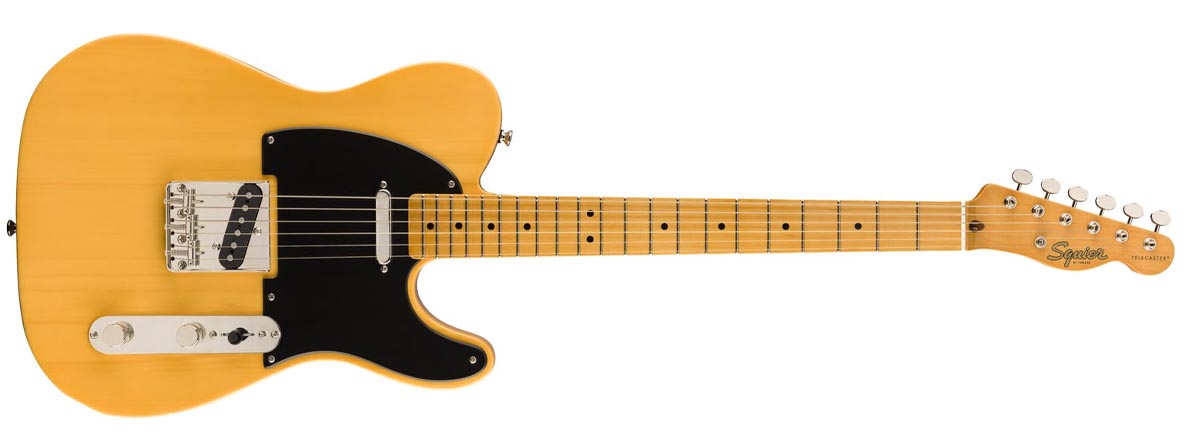
Squier Classic Vibe ’50s Telecaster – $399
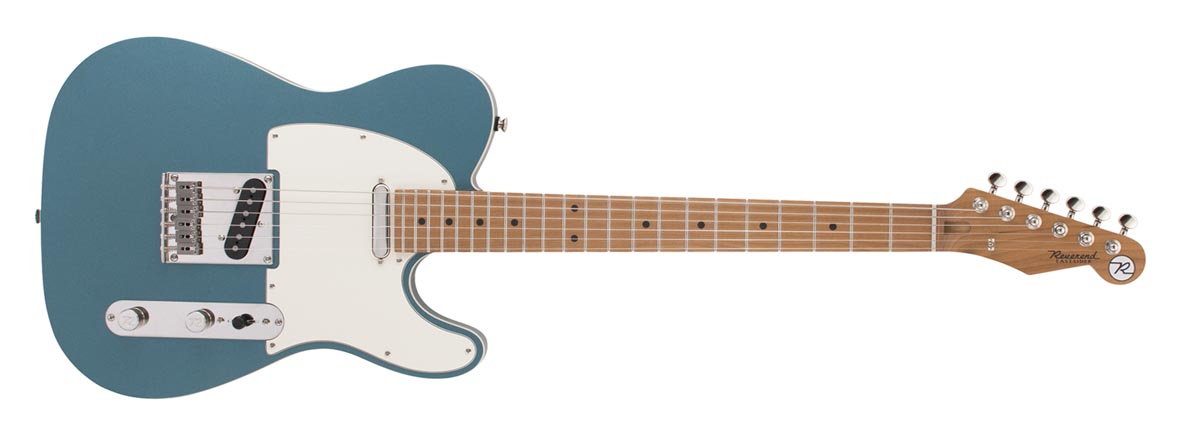
Reverend Guitars Pete Anderson Eastsider T (If you’re willing to spend a little extra, this is Pete’s signature instrument from Reverend) – $999
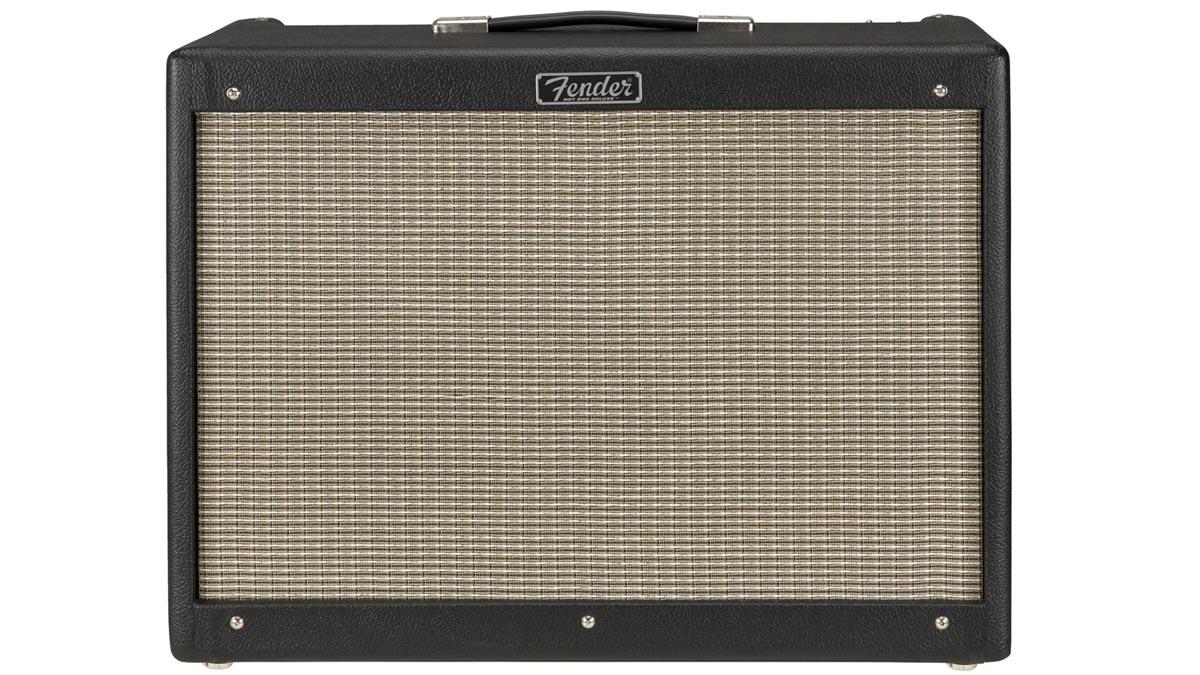
Fender Hot Rod Deluxe IV 1x12 combo – $799
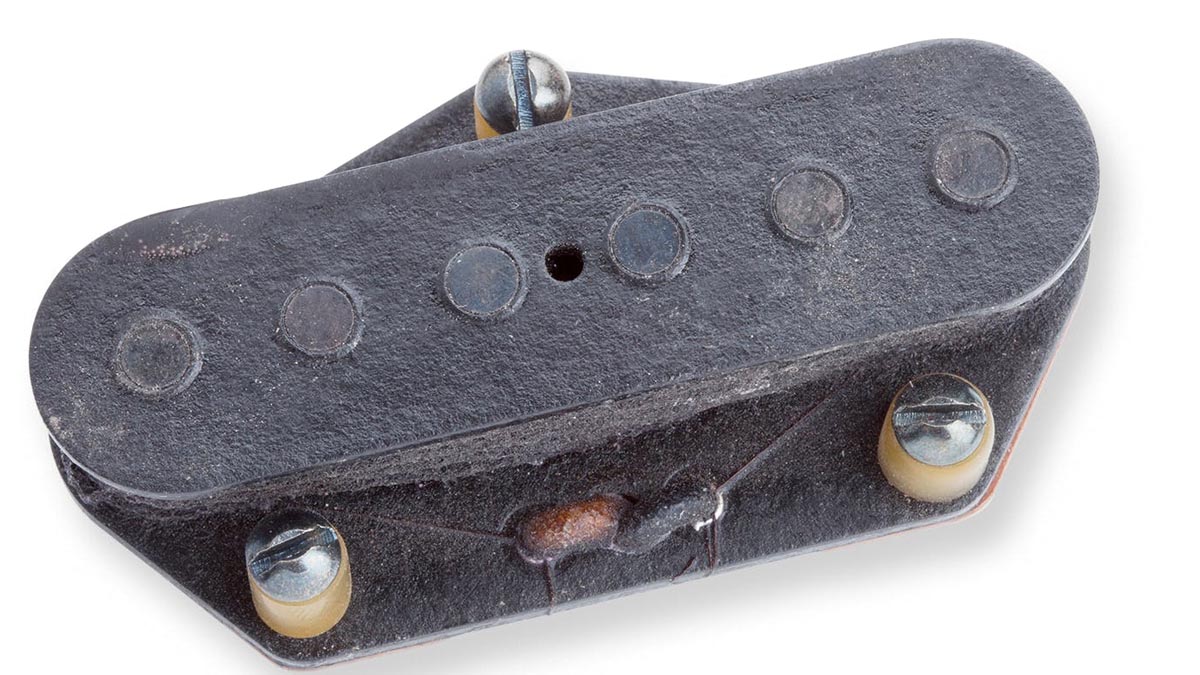
Seymour Duncan Antiquity Tele bridge pickup – $109
Chris is the co-author of Eruption - Conversations with Eddie Van Halen. He is a 40-year music industry veteran who started at Boardwalk Entertainment (Joan Jett, Night Ranger) and Roland US before becoming a guitar journalist in 1991. He has interviewed more than 600 artists, written more than 1,400 product reviews and contributed to Jeff Beck’s Beck 01: Hot Rods and Rock & Roll and Eric Clapton’s Six String Stories.
“I loved working with David Gilmour… but that was an uneasy collaboration”: Pete Townshend admits he’s not a natural collaborator – even with bandmates and fellow guitar heroes
“This guy kept calling saying, ‘I’ve never been in a band before, but I’m the best guitarist ever.’ When I heard him play it was like a fire from heaven”: The life and times of Killing Joke visionary Geordie Walker – the guitar hero’s guitar hero








![[from left] George Harrison with his Gretsch Country Gentleman, Norman Harris of Norman's Rare Guitars holds a gold-top Les Paul, John Fogerty with his legendary 1969 Rickenbacker](https://cdn.mos.cms.futurecdn.net/TuH3nuhn9etqjdn5sy4ntW.jpg)


